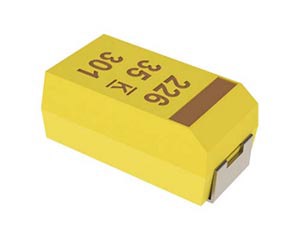I was tasked to integrate a 48V tool (a brush, so basically a DC motor + some control electronics) on our 24V sub-sea robot for a short demonstration. We aim for depths of 100m (10 bar).
The brush requires 48V, and is driven at 1A (with potentially very short spikes at the begging of each PWM cycle).
The supply is 24V, with a 3A slow blow fuse.
So in theory, no big deal: I just need a boost converter with efficiency >67%.
The tricky part is that I have to insert this converter into the cable. A pressure resistant bottle to include an of the shelf converter would be a solution, excepted that it's quite expensive for a one-off project, and lead times are quite long.
So I would like a circuit that can just be molded into the cable. We quite often connect cables this way (joining 2 cables then molding the junction in epoxy, sometimes adding a small PCB with no pressure sensible components).
The problem is, I couldn't find any "serious" boost converter without any sealed component (likely to imprison some air, and therefore likely to implode under pressure). The only boost converters without sealed components I could find is amazon crap like this one (for this one, it seems they use 50V capacitors for 48V output, not good sign), and even then, I would need to replace the potentiometers by resistors to avoid them imploding.
This article also mentions that aluminum electrolytic capacitors are not well suited for high pressure (not sure if for 10 bar it's still OK or not).
Excepted using a pressure resistant bottle, and keeping looking for a decent off the shelf PCB without sealed components, do you seen any other solution?
One solution I'm starting to think about would be making my own PCB. Knowing that I have regulated 24V input, I can either go for a boost converter, or to some form of voltage doubler, whichever is simpler. Is there a topology you could advise that don't need sealed components, and if possible avoids electrolytic capacitors?
Constraints:
- input: 24V (regulated), fused at 3A slow blow
- output voltage: 44 to 50V
- ripple: no real limitation, peak voltage should be <=52V, min voltage >36V
- efficiency: I don't care as long as I'm within the supply limits (so >67%)
- all components must resist at at least 10 bar (so no sealed components excepted if filled with epoxy or similar, electrolitic capacitors probably to avoid excepted if someone has experience enough to know they will be fine at 10 bars)
PS: in case you see an easier solution, I also have an unregulated DC voltage in the 250-340V range).

